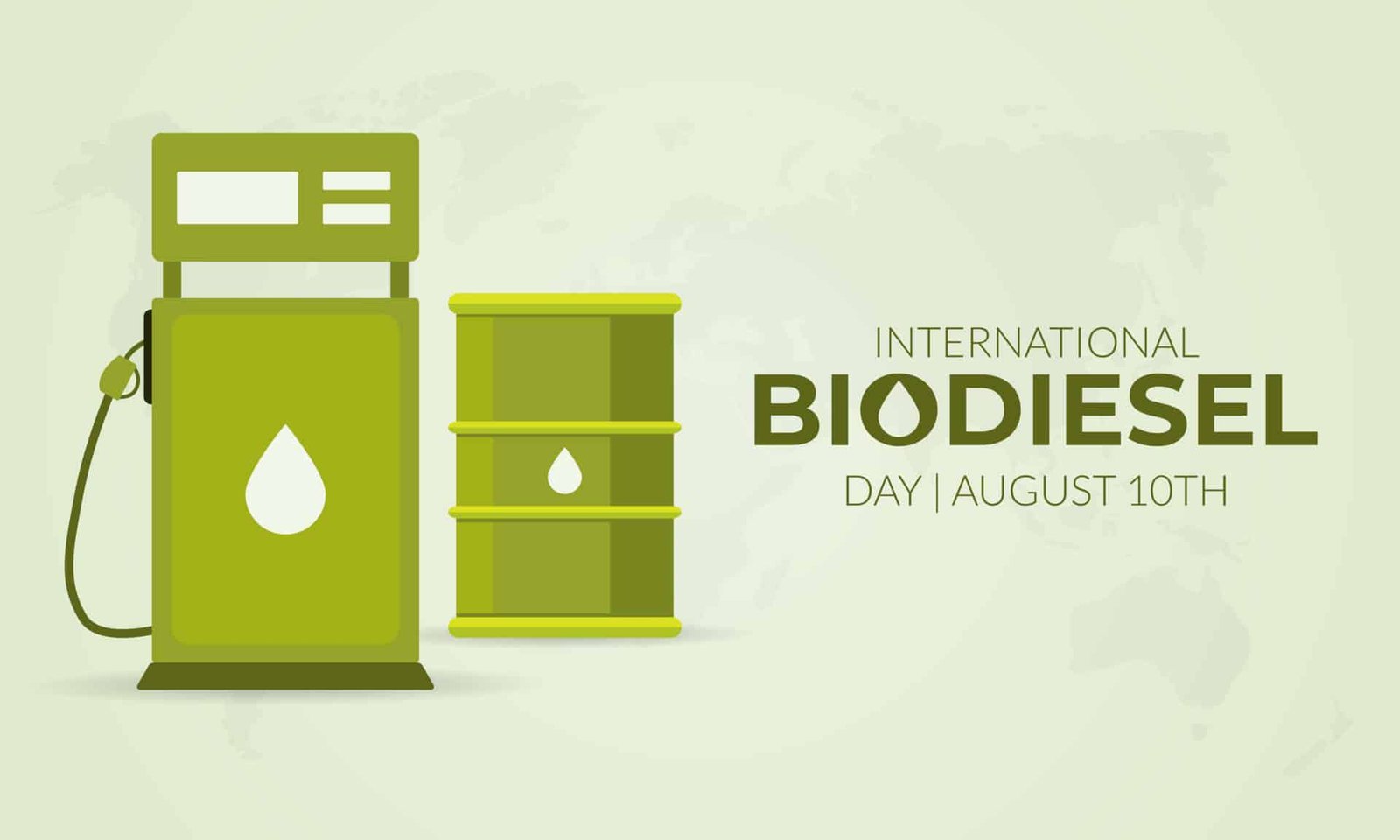As the world increasingly prioritizes sustainable energy sources, biodiesel has emerged as a promising alternative to traditional fossil fuels. But what exactly is biodiesel? How is it produced, and why is it considered a cleaner and greener fuel option? In this article, we will dive into the details of biodiesel, exploring its production process, benefits, challenges, and its role in the future of energy.
What is Biodiesel?
Biodiesel is a renewable, biodegradable fuel made from natural oils and fats. It can be used as a substitute or blend for petroleum-based diesel in diesel engines. Unlike traditional diesel, which is derived from crude oil, biodiesel is produced from organic materials such as vegetable oils, animal fats, or recycled cooking oils.
Chemically, biodiesel is known as a “fatty acid methyl ester” (FAME). It is created through a process called transesterification, where fats or oils are reacted with an alcohol (usually methanol) in the presence of a catalyst to produce biodiesel and glycerin as a byproduct.
How is Biodiesel Produced?
The production of biodiesel involves several key steps:
- Feedstock Collection: Raw materials such as soybean oil, canola oil, palm oil, animal fats, or waste cooking oil are collected as the feedstock for biodiesel production.
- Pre-Treatment: The feedstock is cleaned to remove impurities, water, and contaminants that might affect the chemical reaction.
- Transesterification: The cleaned oil or fat is mixed with an alcohol (methanol or ethanol) and a catalyst (sodium or potassium hydroxide). This reaction separates the fatty acids from the glycerin, forming biodiesel.
- Purification: The crude biodiesel is purified to remove residual alcohol, catalysts, and other impurities, ensuring it meets quality standards.
- Quality Testing: The final product is tested to ensure it complies with international biodiesel standards such as ASTM D6751 or EN 14214.
Benefits of Biodiesel
- Environmental Advantages:
- Reduced Emissions: Biodiesel burns cleaner than petroleum diesel, significantly reducing greenhouse gas emissions, particulate matter, and sulfur dioxide.
- Biodegradability: Biodiesel is non-toxic and breaks down naturally, reducing the risk of environmental pollution.
- Renewable Source: Since biodiesel is derived from plants and animal fats, it is a renewable resource that can be replenished sustainably.
- Energy Security: Producing biodiesel domestically reduces reliance on imported fossil fuels, enhancing energy independence.
- Engine Compatibility: Biodiesel can be used in existing diesel engines with little to no modification, making it an accessible alternative fuel.
- Economic Benefits: The biodiesel industry creates jobs in agriculture, production, and distribution, contributing to local economies.
Challenges of Biodiesel
- Feedstock Availability: The availability of raw materials can limit biodiesel production, especially if there is competition with food crops.
- Cost: Biodiesel production can be more expensive than traditional diesel due to feedstock costs and production processes.
- Cold Weather Performance: Biodiesel has a higher gel point than petroleum diesel, which can affect its performance in cold climates.
- Land Use Concerns: Large-scale biodiesel production may require significant land use, potentially leading to deforestation or competition with food crops.
Applications of Biodiesel
Biodiesel can be used in various applications, including:
- Transportation: It is commonly blended with petroleum diesel (e.g., B5, B20) or used as 100% biodiesel (B100) in vehicles.
- Agriculture: Farmers use biodiesel to power tractors and other machinery.
- Industrial Use: Biodiesel is used in generators and heating systems.
- Marine Applications: Boats and ships utilize biodiesel as a cleaner fuel alternative.
Biodiesel and the Future
As the world seeks to reduce its carbon footprint, biodiesel plays a crucial role in the transition to renewable energy. Governments and organizations worldwide are investing in biodiesel research and development to improve its efficiency and sustainability. Innovations in feedstock, such as algae-based biodiesel, hold promise for overcoming current challenges and expanding production capabilities.
Conclusion
Biodiesel represents a significant step toward a more sustainable and environmentally friendly energy landscape. Its renewable nature, lower emissions, and compatibility with existing infrastructure make it a viable alternative to fossil fuels. While challenges remain, advancements in technology and growing global awareness are paving the way for biodiesel to play an essential role in shaping the future of energy. By embracing biodiesel, we can move closer to achieving energy independence and a cleaner, greener planet.



